Sustainable September – 4 Eco-friendly activities to celebrate World Car Free Day!
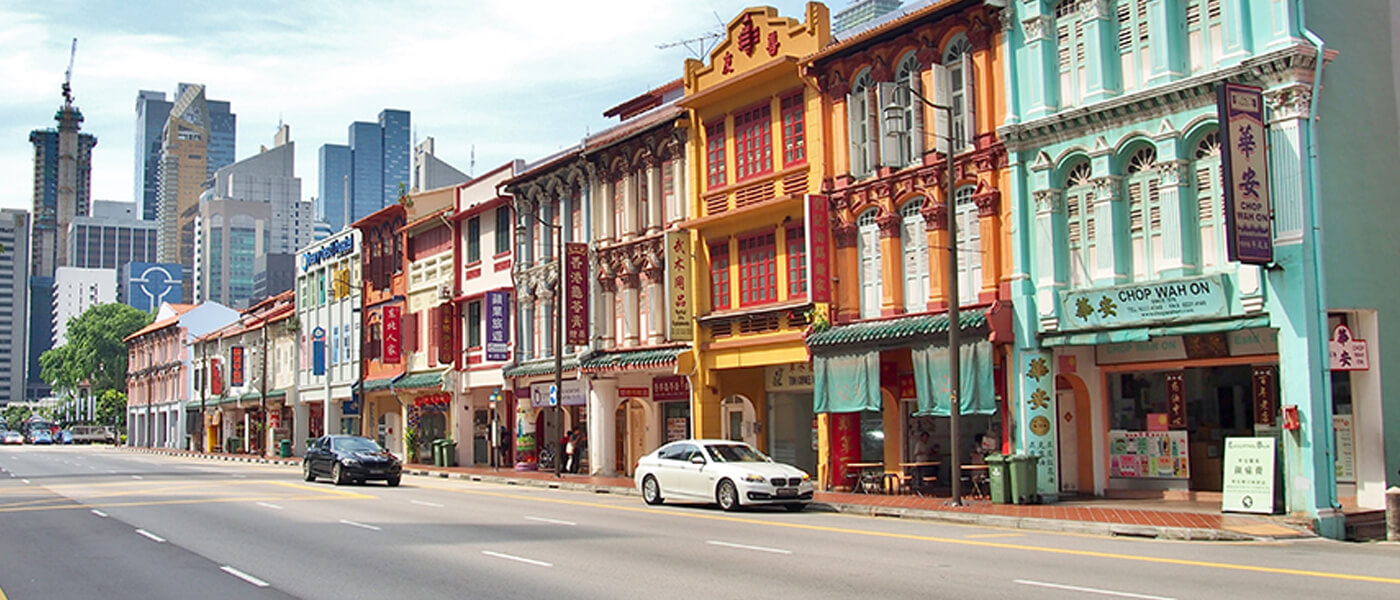
In Singapore, there are nearly a million vehicles on our roads releasing a total of 6.4 million tonnes of carbon dioxide emissions every year. That’s equivalent to 320 million trees absorbing carbon dioxide emissions for a year – a significant amount just for our little red dot! Imagine our roads without cars, the quality of our air would no doubt be fresher with noise pollution kept to the minimum.
Each year, World Car Free Day is celebrated on 22 September where cities across the globe rally its urban dwellers to give up their cars for the day. Instead, individuals are encouraged to get around by using public transportation, cycling, or walking. Through this, World Car Free Day aims to highlight the numerous benefits of going car-free such as reduced air and noise pollution, safer roads and the health advantages of walking and cycling.
Prior to the Covid-19 pandemic, cities around the world marked the day with a myriad of creative events held on empty roads from live performances and flash mobs in Jakarta to horseback riding in Sao Paulo. Closer to home, Singapore included its own twist by organising several “Car-Free Weekends” throughout the year with a slew of activities such as film screenings, inflatable play areas for children and even an obstacle course for dogs!
While large events may not be possible during this time, you and your loved ones can still celebrate World Car Free Day with a whole lot of fun. We’ve put together some family-friendly activities that are perfect to help you be a part of this movement.
1. Explore Singapore’s heritage sites on foot
Instead of watching Chinatown, Little India or Kampong Glam pass by in a blur while driving, how about taking the time to explore these beautiful heritage sites on foot? Home to a kaleidoscope of cultures, Singapore features a multitude of breathtakingly preserved architectural landmarks that offer a glimpse into our rich history. Delve deep into the hidden stories of these historic precincts, and we’re sure that you’d discover some fun facts that you’ve not known before.
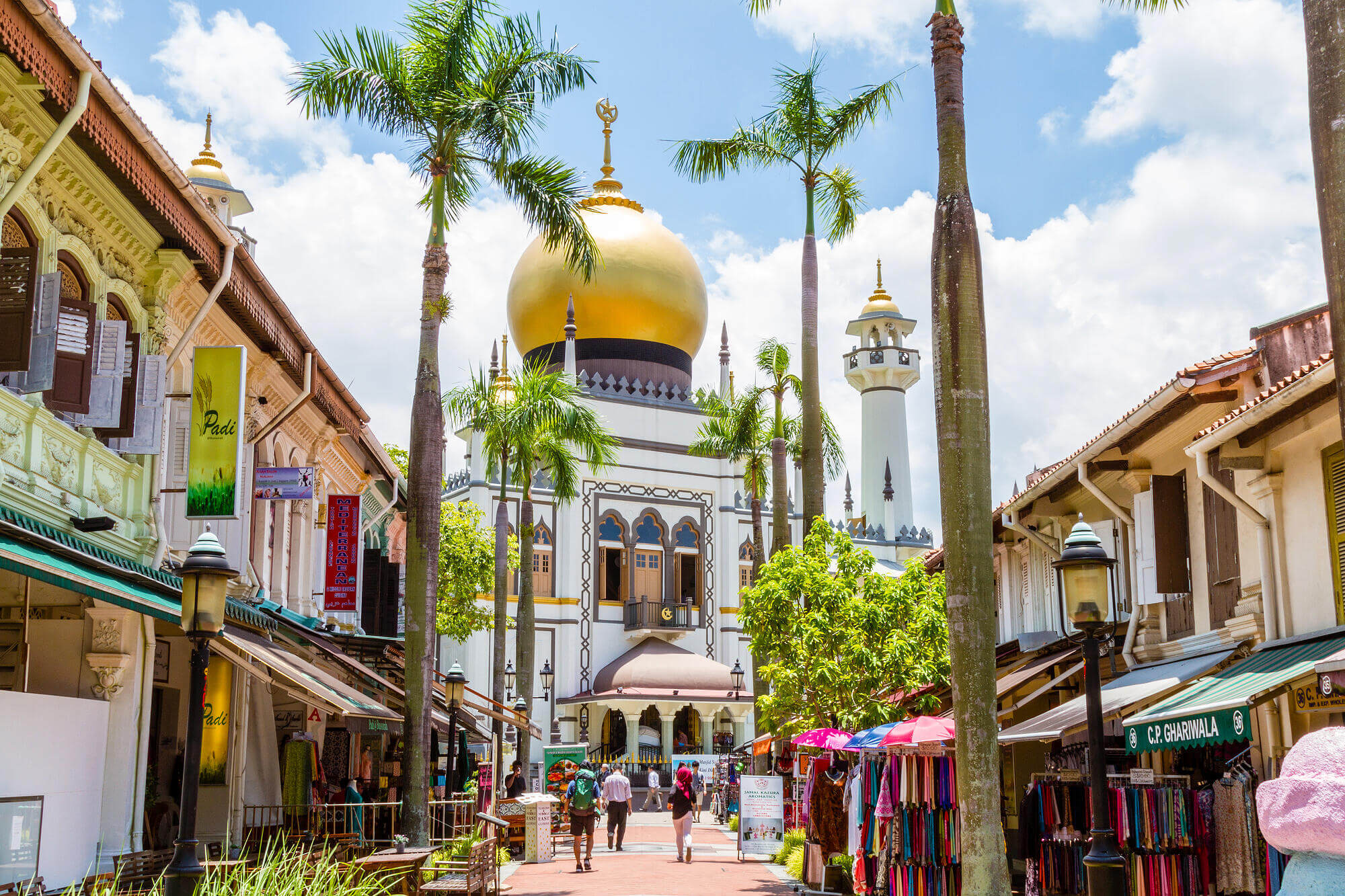
If you’re itching for some retail therapy, these vibrant enclaves also feature an array of eclectic stores that are awaiting to be discovered. Some of our favourites would include the indie boutiques at Haji Lane featuring vintage fashion pieces as well as hole-in-the-wall stores selling the freshest Indian spices at Little India.
2. Get up close and personal with Singapore’s iconic skyline
Singapore is renowned for its stunning skyline that is a mix of old colonial buildings and cutting-edge skyscrapers. If you’ve only admired iconic buildings like Marina Bay Sands and the Fullerton Hotel from the expressways, this is a great chance to get up close by leaving your car behind and hopping on a bike instead!
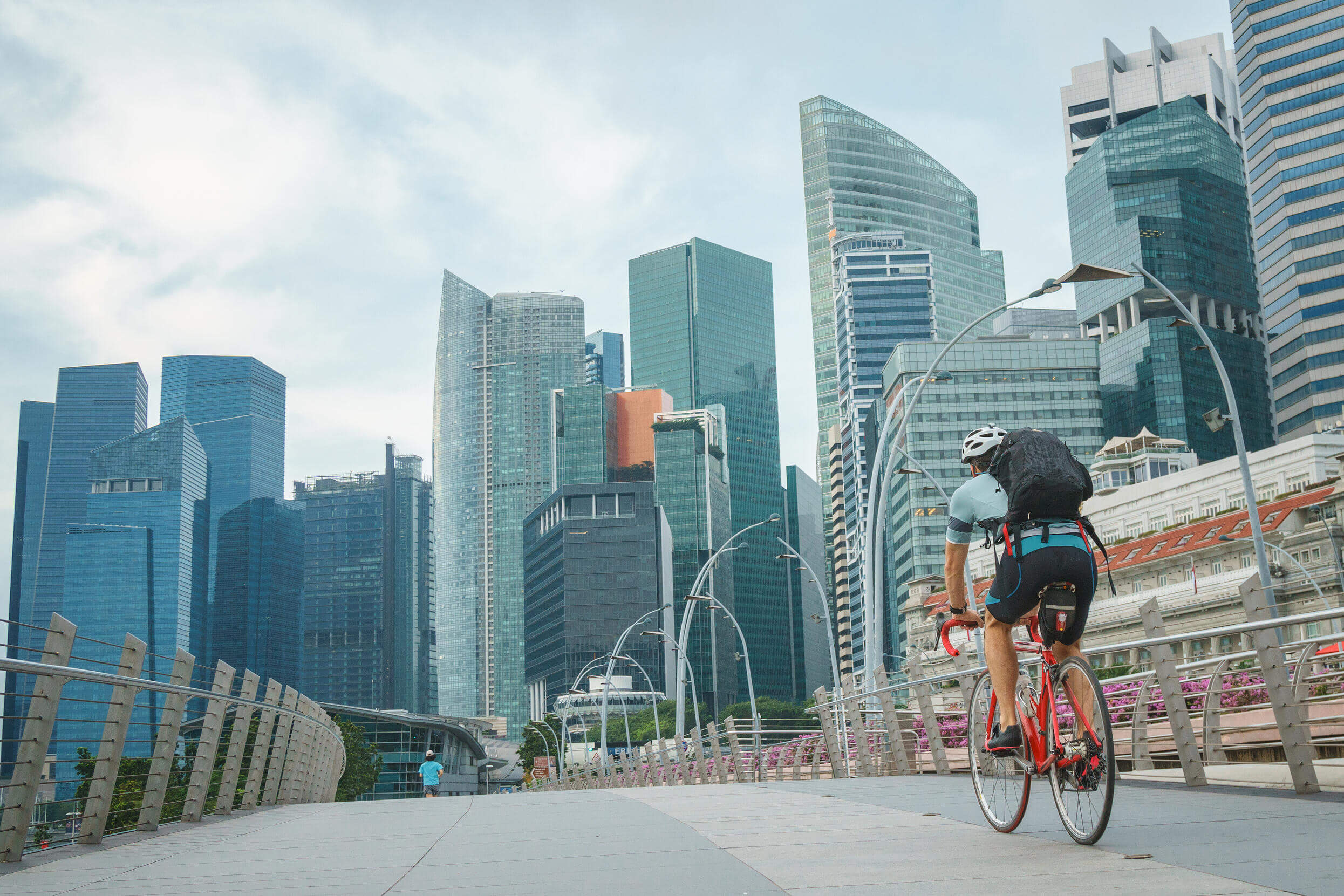
We would recommend cycling through the Marina Bay loop to tick the boxes off significant landmarks including The Esplanade, Helix Bridge and Singapore Flyer. If you’re up for an extra challenge, you can even extend this route by heading down to Gardens by the Bay and Marina Barrage. For an extra treat, embark on your biking adventure at golden hour and finish at the rooftop of Marina Barrage to enjoy one of the best sunset views in Singapore.
3. Catch the sunrise on rollerblades
If you are looking for something new instead of cycling, how about trying your hand at rollerblading? Singapore’s nature parks and park connectors are paved with smooth routes suitable for rollerblading and there are plenty of rollerblade rental kiosks offering affordable rentals even if you do not own a pair.
To bring your experience up a notch, head down to Punggol Park Connector in the early hours of the morning to enjoy a quiet and serene skate on empty pathways while catching the picture-perfect sunrise by Sengkang Floating Wetland, Singapore’s second largest man-made wetland. A true hidden gem, there are no lack of idyllic spots at the park connector for that unobstructed view of the morning spectacular – easily explored while on your rollerblades!
4. Trek around Coney Island
If you’re feeling a little adventurous, how about venturing a bit further from Punggol Park to explore our neighbouring Coney Island? Easily accessible from Punggol Central, this tranquil island is brimming with rustic charm with picturesque sandy beaches. Best of all, Coney Island is closed to vehicles – the perfect excuse to ditch your car and explore the untouched flora and fauna.
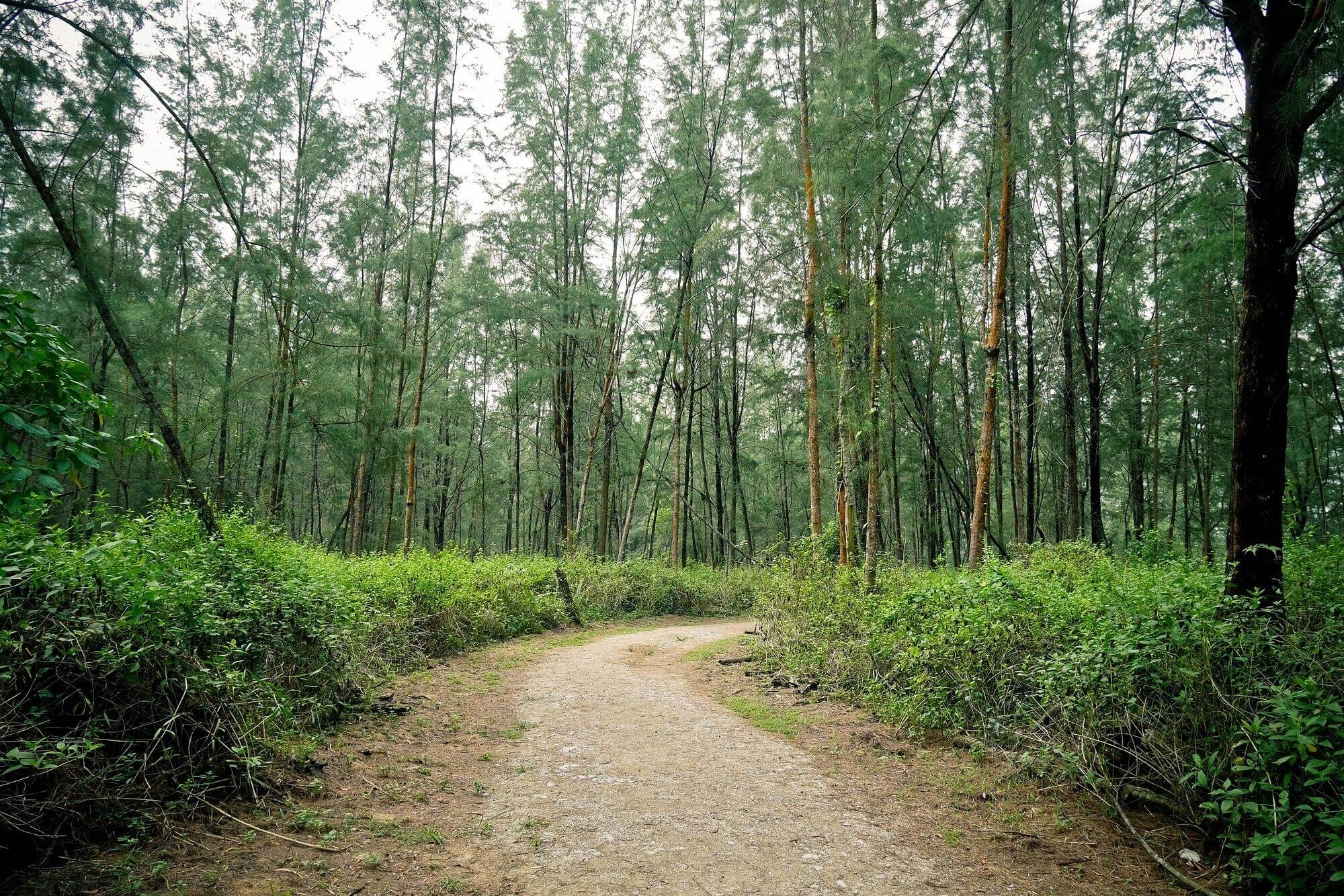
For animal lovers, keep your eyes peeled for an array of birds, crabs and squirrels that call Coney Island home. Bring along your cameras and you might capture some good shots of an eagle soaring overhead or a squirrel nibbling on its afternoon snack! In addition to wildlife, keep a look out the Casuarina Exploration adventure area which was constructed using felled Casuarina trees – an environmentally friendly playground that is fun for all ages!
While World Car Free Day is only marked once a year, we can do our part to #PowerTheChange by choosing more sustainable forms of transportation any day of the year! Each action, no matter how big or small, adds up in our journey towards a cleaner and healthier environment.
Image Credits: Nylon Coffee Roasters
Source: The Sustainability Project
References:
- 1 (2019) Climate Healers, Animal Agriculture is the Leading Cause of Climate Change – A Position Paper https://climatehealers.org/the-science/animal-agriculture-position-paper/
Sustainable September – 5 Tips to reduce and dispose of your e-waste!

Regarded as the world’s fastest-growing trash stream, e-waste has now become a common sight at rubbish collection points and landfills, especially for smart cities like Hong Kong and Singapore. For most of us, we’ve probably not given much thought when we discard our old phone or computer for a newer, sleeker model, or change an old home appliance to a new one. However, with each upgrade, we are contributing to the ever-growing pile of e-waste every year.
According to the National Environment Agency report in 2018, Singapore generates 60,000 tonnes of e-waste annually. That’s comparable to each of us disposing 73 phones every year! Since our everyday electronics are often laced with lead, mercury, or other toxic substances, these can cause serious damage to our environment and our public health if they are not disposed properly.
As we explore various ways to #PowerTheChange for a #SustainableSeptember, there’s no better place to start than what’s in your household bin. We have compiled a few easy ideas on how you can effectively reduce your e-waste by giving your electronic items a new lease of life and challenging yourself to think twice about your next electronic purchase.
1. Donate your pre-loved electronics
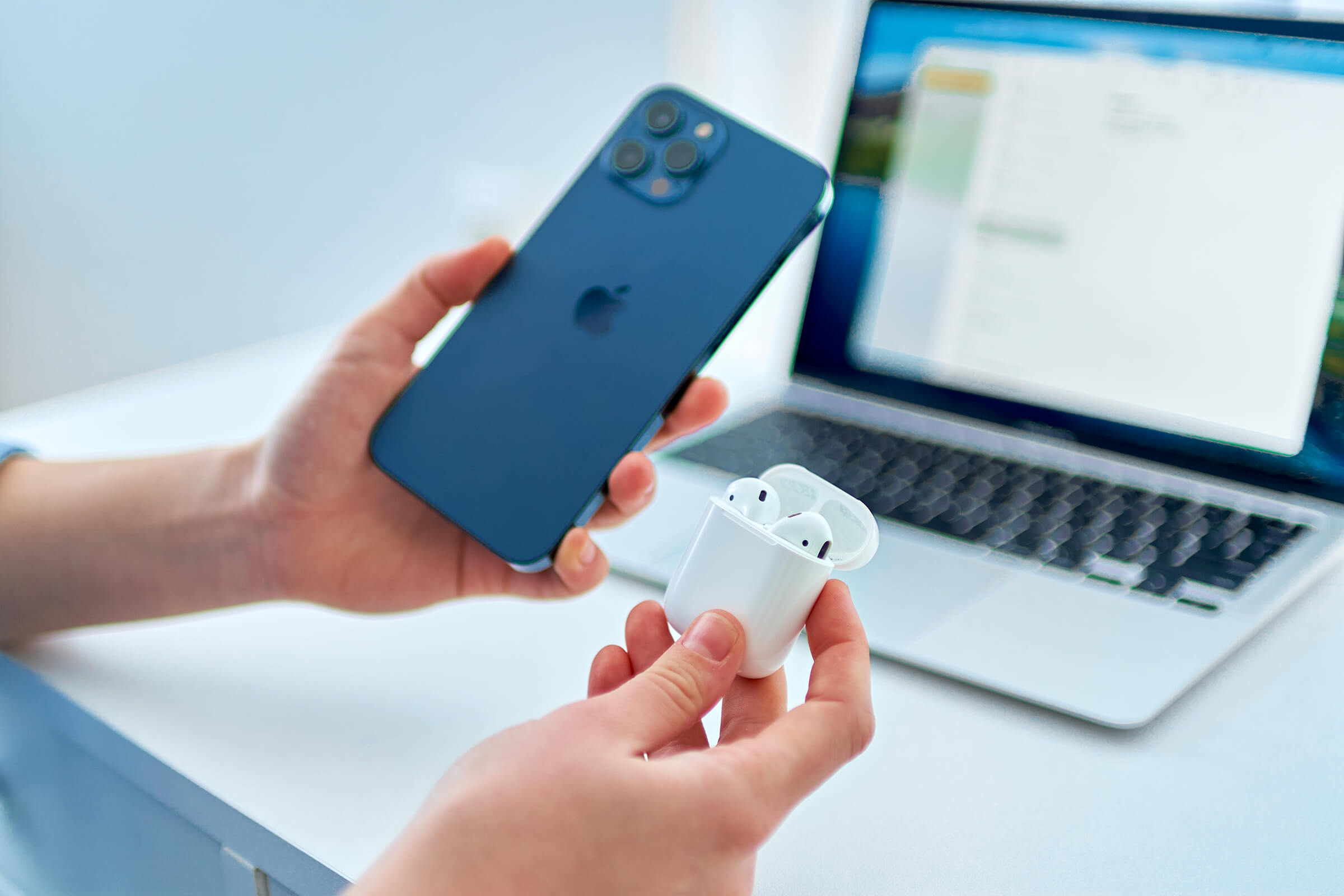
On average, electronic devices usually have a lifespan of between 4 to 5 years. However, being a tech-savvy nation, we often upgrade our phones and laptops in just a couple of years, which may still be working perfectly well!
Instead of simply throwing them out, how about passing them on to someone else who may need it? Locally, there are many non-profit organisations such as Engineering Good that collect, refurbish and distribute secondhand electronic devices for individuals in need. By donating your old electronics, not only will it help underprivileged families have equal access to such digital devices, it also prolongs their lifespan, thus conserving our natural resources.
2. Exchange them for cash
With more than 100 Cash-for-Trash stations available island-wide, which collect recyclables including small electrical appliances that are considered as unregulated e-waste, you can easily find one that’s near you and exchange your items for cash! These incentive programmes not only help you do good for the environment; it even rewards you for doing so!
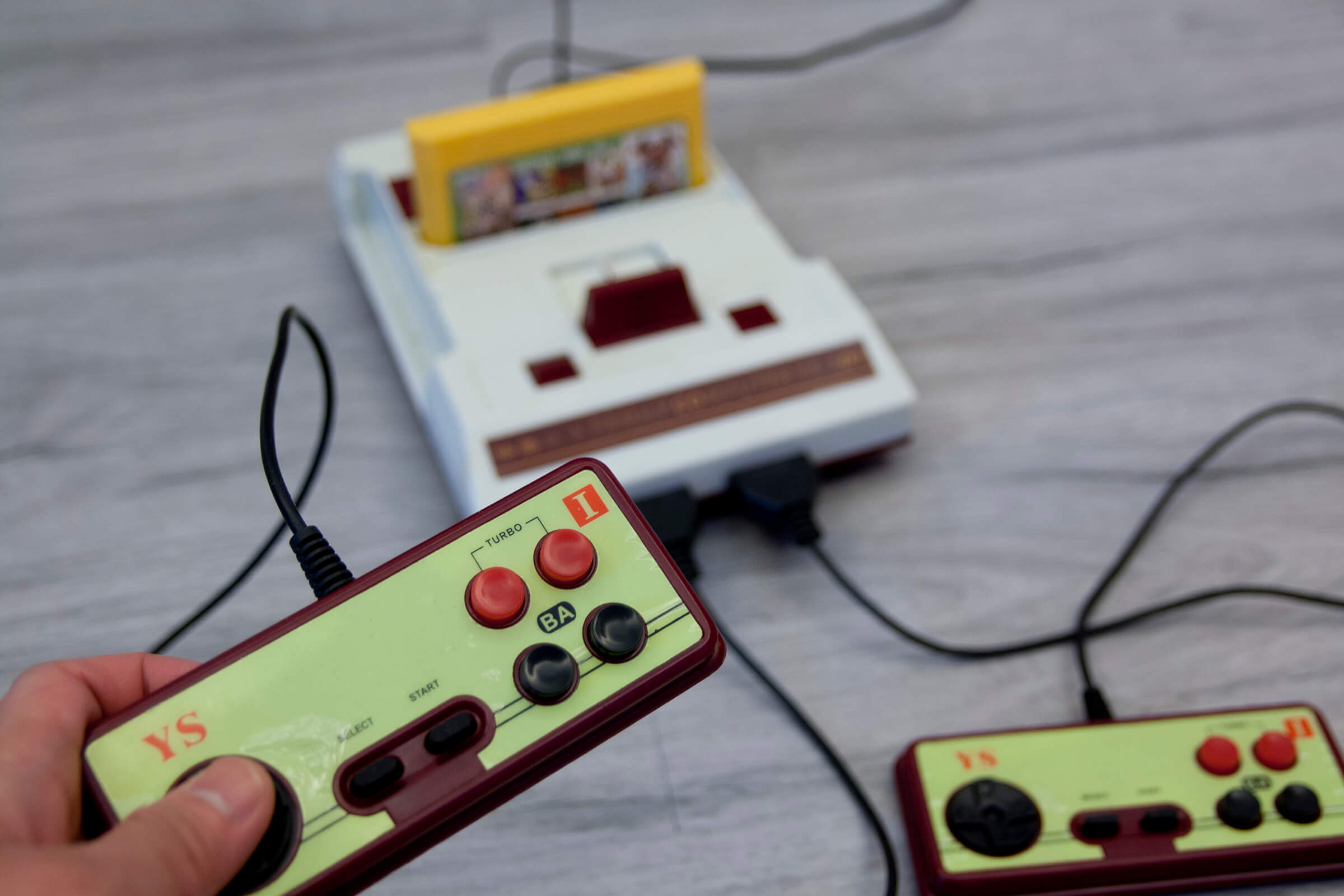
Alternatively, you can also consider selling or trading your old gadgets with other like-minded individuals via online sites such as Carousell, or even join a Facebook group to organise an online garage sale within your local neighbourhood!
You might be surprised at how many online groups with collectors are willing to pay good money for older electronics such as old film cameras or Gameboys, and who knows? You may even make some new buddies along the way!
3. Repair before Replace
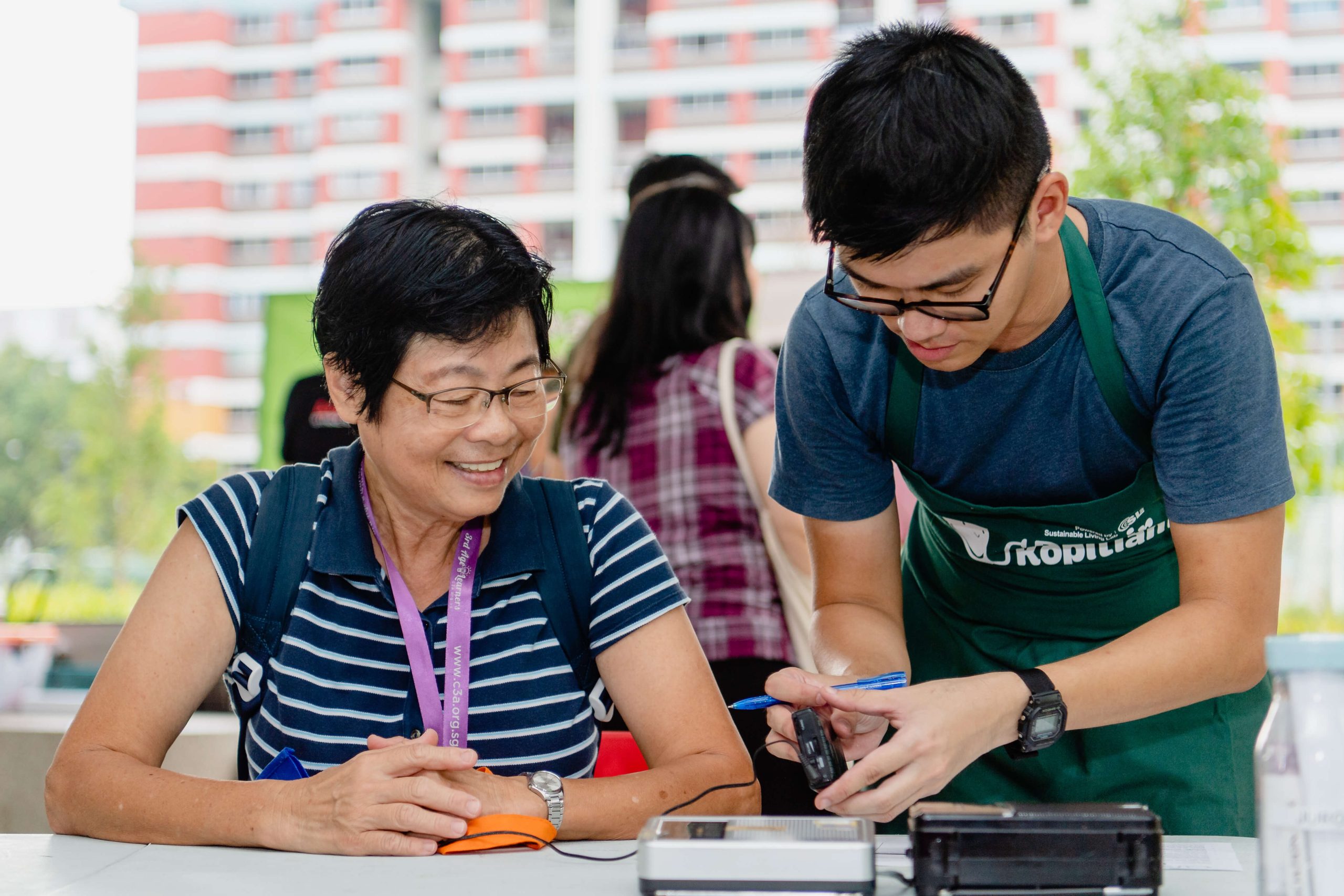
Beyond personal devices such as mobile phones and computers, a huge percentage of electronic waste also comes from home appliances, such as washing machines, air-conditioning units and hair dryers.
Given the abundance of affordable options we have today for our electronics, it is not unusual for us to want to replace them when they seem to be broken or spoilt.
However, as we take a step towards incorporating more sustainability practices within our lifestyles, how about challenging yourself to pick up that toolbox? While there are no shortages of tutorial videos on YouTube, you can also consider signing up with our ChangeMakers Repair Kopitiam to learn how to diagnose and fix your broken electronics!
Repair Kopitiam hosts monthly workshops at various venues across Singapore and aims to equip individuals with basic technical skills to repair their items. While not all items can be restored to their 100%, the skills and knowledge you obtain from these repair sessions will no doubt help tackle the “buy and throw away” practice that is ingrained in our modern society, and pave the way for a more sustainable world.
4. Buy only what you need

Tackling the e-waste problem is not just about being more conscious of our post-purchase behaviour, it starts with the mindset we have towards our buying habits. Instead of being swept off by the convenience of e-commerce and giving in to impulsive buys, how about making the conscious effort to purchase more mindfully?
Before every purchase, it is important to be aware of what you already own, and then ask yourself this – is this item a ’want’, or a ‘need’ ? By going through this process, it helps you curb the urge to buy an electronic device just to keep up with the latest technology trend, and reduces your e-waste contribution over time!
5. Recycle at designated bins and drop-off point
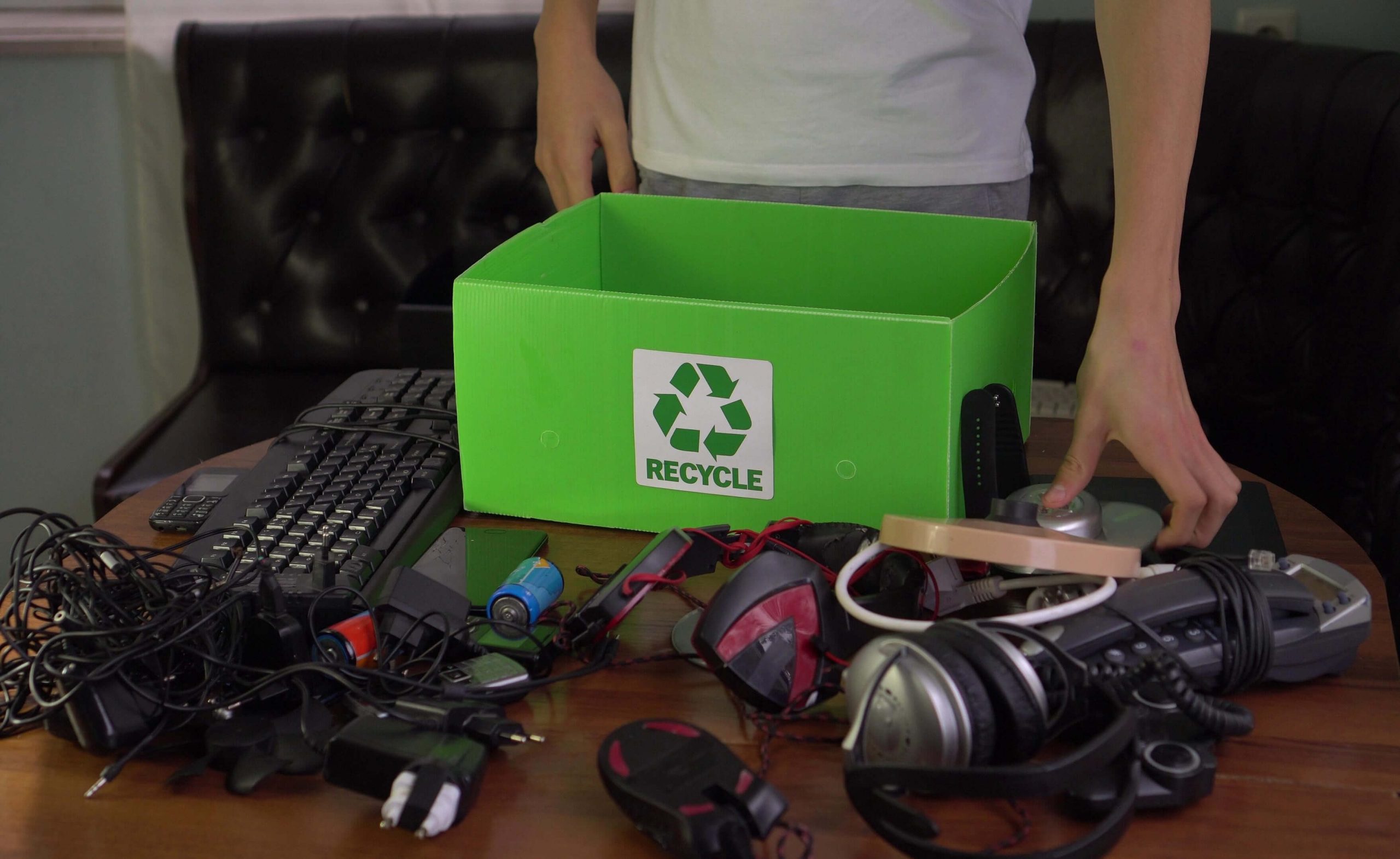
Despite best efforts to repair or donate our electronic devices, there comes a time when we need to eventually dispose of them. Given the toxic substances that are present within each electronic, which can be damaging to both humans and the environment, it is important for us to know how to dispose them correctly.
Singapore has identified e-waste as one of the priority areas under Singapore’s Zero Waste Masterplan, which aims to reduce one-third of the waste sent to our landfill by 2030. Working towards a zero-waste nation, the National Environment Agency has appointed ALBA E-Waste Smart Recycling to lead this green cause and handle our e-waste challenges properly.
With more than 300 collection bins scattered around the island, where you can deposit all your non-working and recyclable electronic devices – including items such as your computer monitors, electronic toys, LED lightbulbs, there’s really no excuse not to recycle them responsibly!
Every action matters to #PowerTheChange for our environment. By doing our part to lower our e-waste, we can make a big difference in our carbon footprint and help preserve our Earth’s resources in the years to come.
Image Credits: Nylon Coffee Roasters
Source: The Sustainability Project
References:
- 1 (2019) Climate Healers, Animal Agriculture is the Leading Cause of Climate Change – A Position Paper https://climatehealers.org/the-science/animal-agriculture-position-paper/
